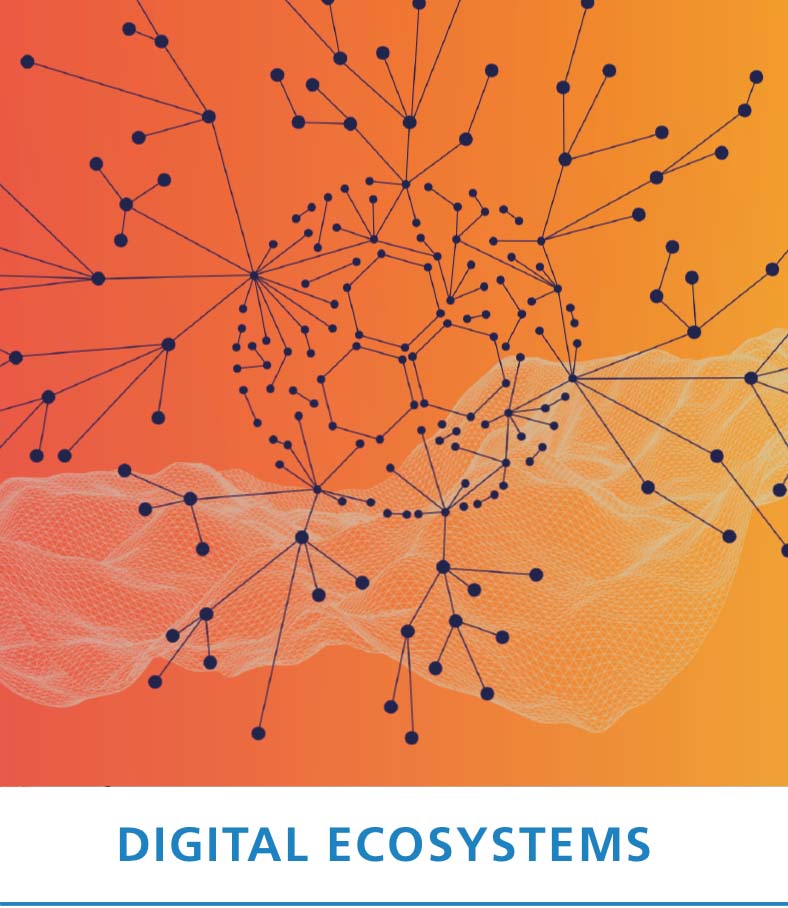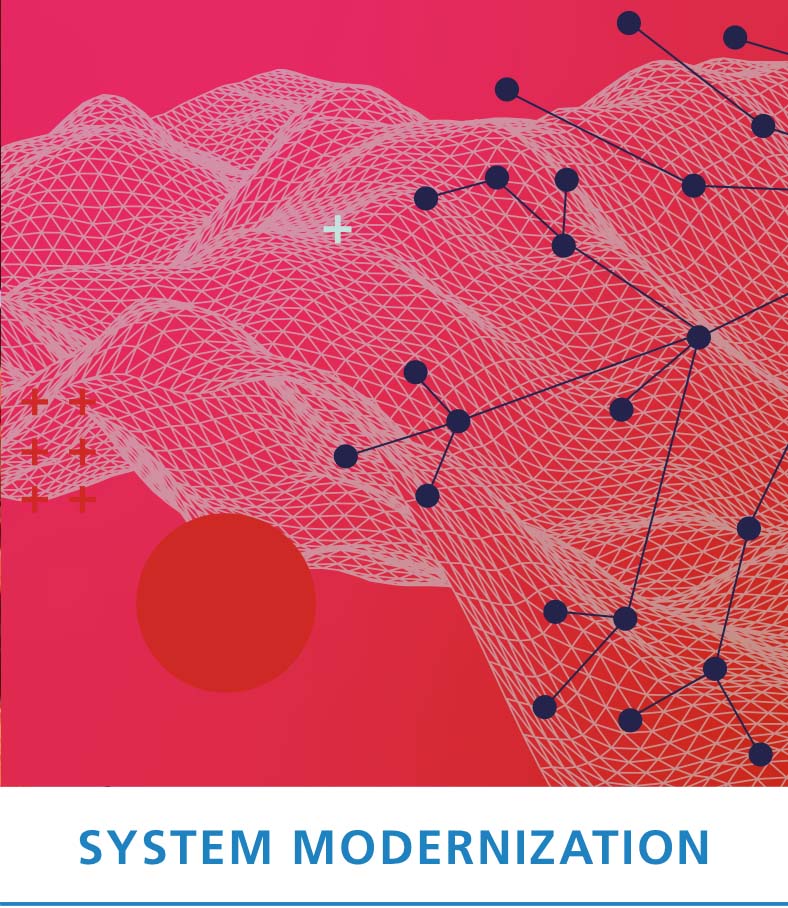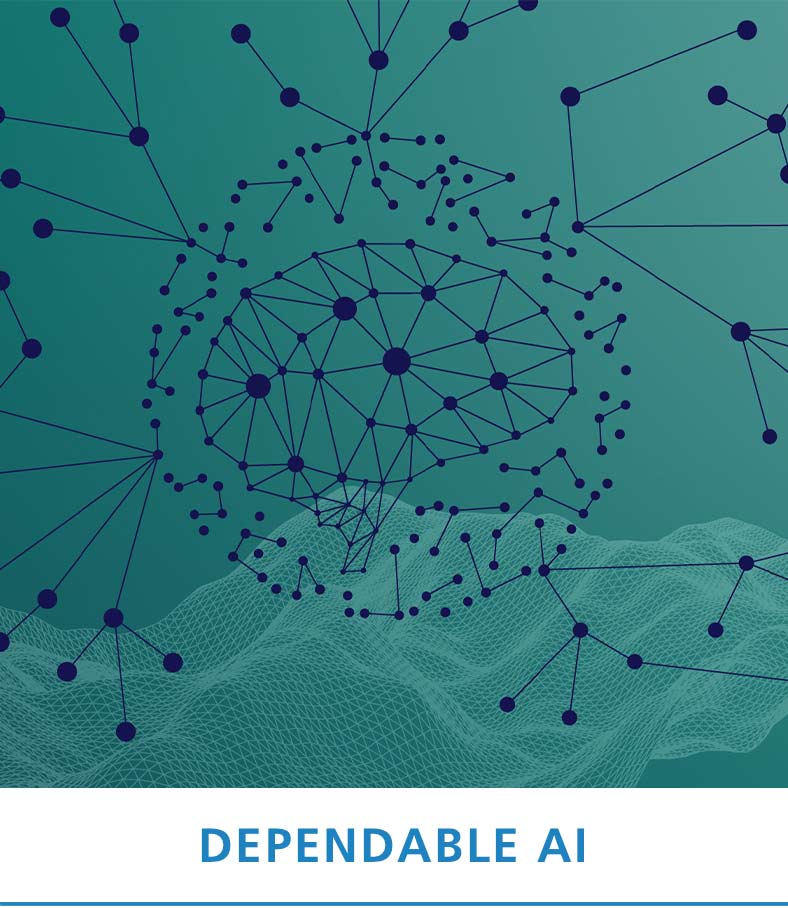Digital Ecosystems
As soon as you delve into the topic of digital and data-driven business models, you will encounter the term “Digital Ecosystems”. The chance to shape one and be the initiator provides access to completely new possibilities – digital transformation not only of one’s own company but possibly of an entire industry. As an initiator, for example, you can analyze the activities in the Digital Ecosystem, whereupon improved and new services can emerge. Further information can be found in our current study [in German] on the possibilities and best practices of Digital Ecosystems.
Due to the success and popularity of large Digital Ecosystems, companies also want to establish one of their own as quickly as possible – usually as a starting point for their digital transformation. However, the complexity in terms of requirements management, (system) architecture, business model, and competence development of one’s own workforce is usually greatly underestimated. Unfortunately, this often results in expensive and half-baked solutions without real added value for the customer. Digital Ecosystems like Netflix, Airbnb, Booking.com, Uber, or Amazon Marketplace have had a disruptive influence on their respective industries. Currently, however, the majority of very successful Digital Ecosystems do not come from Germany, but rather from Silicon Valley and increasingly also from China, and are mostly aimed directly at end customers (B2C). Nevertheless, there is still a lot of potential for new Digital Ecosystems, especially in business-to-business (B2B). It is precisely in this area that the strength of the German economy traditionally lies.
The topic of Digital Ecosystems has been an integral part of our institute for many years. We have supported our customers in numerous projects already – from strategic positioning to technical implementation. In this context, the TED method we developed ourselves in the area of Innovation Engineering has proven to be an extremely effective and efficient solution for the evaluation of Digital Ecosystems. In addition, we are working with companies that already have a Digital Ecosystem in place and are in the scaling phase – which can trigger network effects.
Find out more about our focus topic “Digital Ecosystems”:













